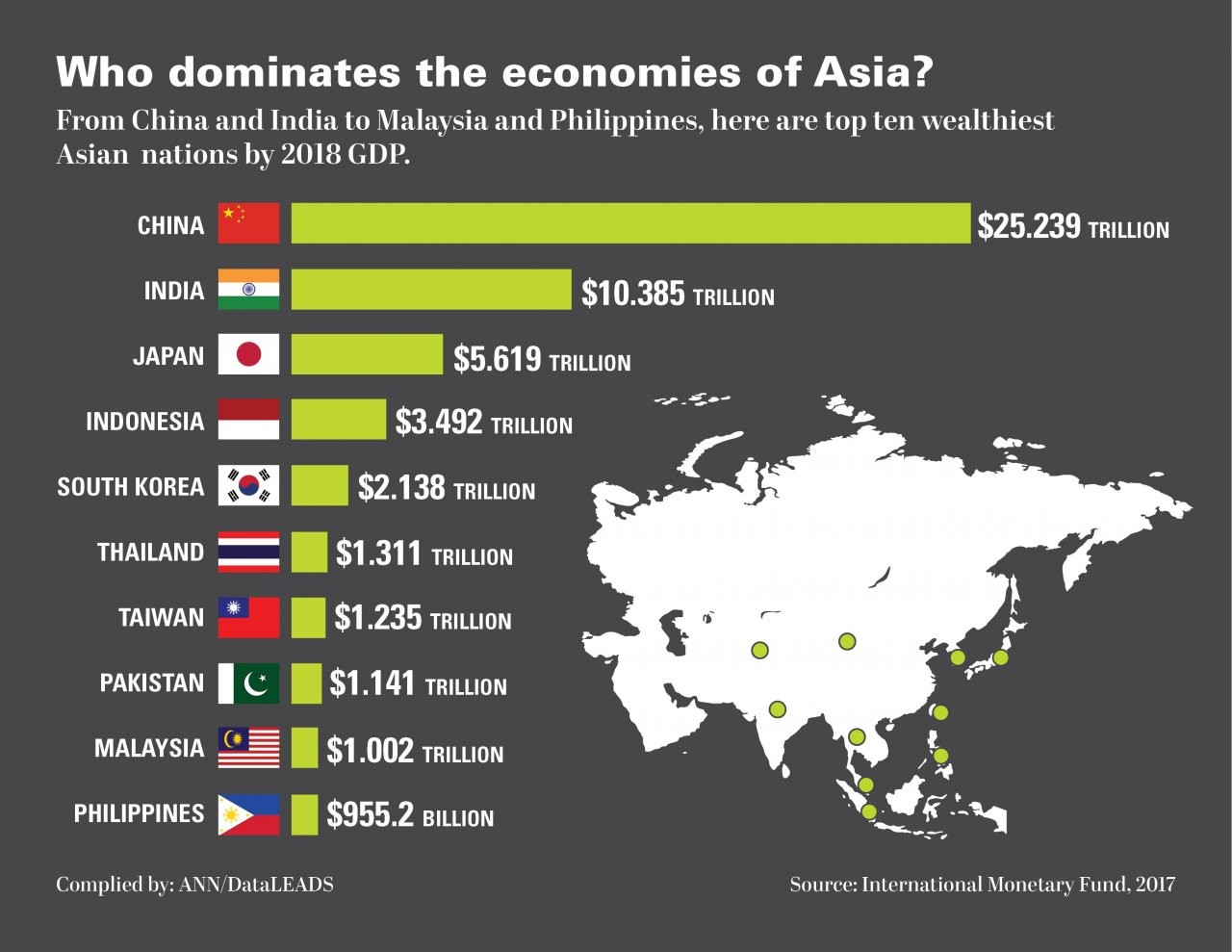Top Stories
Is Japan making the most of the US pivot?
Author: Ryo Sahashi, Kanagawa University
Japan’s leadership has just overcome one of the most difficult challenges in a democracy: raising the nation’s consumption tax for social welfare.

After 49 members of the Diet broke away from the ruling Democratic Party of Japan in July 2012, a heated dispute over the timing of the next general election has ensued. In September, two major parties will choose their leader, but media attention is now going to the new party led by the mayor of Osaka, Toru Hashimoto. Alongside this struggle over national leadership, however, Japan is also looking to refocus its Asia Pacific diplomacy.
The Obama administration has forged ahead with its pivot, or rebalancing, toward the Asia Pacific after US Secretary of State Hillary Clinton outlined the key elements of this policy in her famous 2011 Foreign Policy article. US Secretary of Defence Leon Panetta also outlined his plan for the rebalancing in his remarks at the June 2012 Shangri-La Dialogue, when he emphasised the continued presence of the US in the Asia Pacific and the Indian Ocean regions.
The pivot is clearly a whole-of-government initiative, and there is no doubt the US alliance network and its security cooperation with non-allied states have been strikingly elevated through this policy, as well as through US participation in the region’s multilateral institutions. Can Japan share this path with the US in the Asia Pacific? Or will the current state of Japanese politics prevent it from assuming a central role as the most important US partner in the region?
Under the rebalancing initiative, the US has emphasised the importance of strategically connecting the Western Pacific and the Indian Ocean and has strengthened its combined bilateral and multilateral approach to regional security. The US has also strengthened its bilateral relationships over the past several years, in the context of multidimensional challenges from China and articulated concern about the inadequate security mechanisms in the Indo-Pacific area. Hence, Japan has deepened its joint dynamic defence cooperation with the US, most notably in the realm of intelligence, surveillance and reconnaissance, and through further interoperability. Cyber security, space situational awareness, and defence technology cooperation are potentially further important areas for cooperation. And even though the US Marine Corps and the US Navy will reduce their presence in Northeast Asia to be rotated southward, Japan still supports such strategic decisions by the US.
If Japan and South Korea were to give the long-awaited first step toward greater security cooperation, the US would undoubtedly regard this as an important asset for the Northeast Asian security architecture. Yet after President Lee Myung-bak’s visit to the Dokdo/Takeshima islands in August 2012, it is unlikely that any steps to advance bilateral security relations will be taken before the South Korean presidential election in December. The Japanese security partnerships with India and other Asian nations would also function to underpin US commitment to the region.
But both Japan and the US should be aware that a new balance of power is emerging, one in which the region’s smaller powers are deepening their economic and social dependence on China. Multilateral institutions will be essential to sustaining a rules-based order and state autonomy across this new political landscape, although the major powers will still have a role to play in helping to build states’ capacity for territorial defence and in encouraging international law.
As the April 2012 statement issued by the Japan–US Security Consultative Committee suggests, the Japanese government will henceforth provide development aid for its strategic goals in the Asia Pacific. Support for maritime security and the democratisation of Myanmar will be a main test for Japanese foreign policy in the near term. The Japanese government should be instrumental in promoting this rules-based system, and the East Asia Summit in particular is one platform for pursuing this goal. In addition, 2013 will mark the 40th anniversary of ASEAN–Japan cooperation. The Japanese government could make use of this opportunity to enhance its relationship with ASEAN.
Economic liberalisation — and the Trans-Pacific Partnership (TPP) — is another important element in the US pivot to the Asia Pacific. But the Japanese government is yet to decide whether it will participate in the TPP negotiations, and it will be difficult to make this decision before the next 2012 round of negotiations, considering the political costs at home. US engagement with the region continues to evolve as the Japanese government continues to prevaricate on important issues like the TPP.
Until a majority can be gained in both houses of Japan’s parliament, the scope for political leadership is limited. The future of nuclear energy and the deployment of MV-22 Osprey aircraft to Air Station Futenma are difficult decisions that constrain the administration’s initiative. While there is room for further diplomacy around political and security cooperation in the region, the Japanese leadership will inevitably encounter thornier issues such as economic liberalisation, the legal foundations of the Japanese constitution, and the increase or reallocation of defence and diplomatic budgets required in the process. Without some shock to the external environment, Japanese politics is unlikely to escape its inward-looking preoccupations, and Japan will find it difficult to capitalise on the US Asia Pacific pivot.
Ryo Sahashi is Associate Professor of International Politics at Kanagawa University, Yokohama, and a Research Fellow at the Japan Center for International Exchange.
This article appeared in the most recent edition of the East Asia Forum Quarterly, ‘Japan: Leading from Behind’.
- A new US-Japan alliance in the making
- Putin, Russia’s eastward pivot and prospects for Japan
- Australia and Japan: Allies in the making
Originally posted here:
Is Japan making the most of the US pivot?
China
China dominates Asian Economies
China, world’s second-largest economy stands tall with US$ 25.3 trillion and is up by 9% from 2017 followed by India at 10.38 trillion which is up by 9.8% showing growth over the preceding year.

China, world’s second-largest economy stands tall with US$ 25.3 trillion and is up by 9% from 2017 followed by India at 10.38 trillion which is up by 9.8% showing growth over the preceding year.
(more…)China
New Chinese regulation will require approval for foreign firms to publish online
A new Chinese regulation announced this week will require foreign companies and foreign-Chinese joint ventures to acquire approval before publishing content online, in the government’s latest move to tighten control of the digital realm.

A new Chinese regulation announced this week will require foreign companies and foreign-Chinese joint ventures to acquire approval before publishing content online, in the government’s latest move to tighten control of the digital realm. (more…)
China
What Alibaba Can Learn From Groupon


An employee is seen behind a glass wall with the logo of Alibaba at the company’s headquarters on the outskirts of Hangzhou, Zhejiang province, in this April 23, 2014 file photo.
Amid the spa discounts, restaurant deals and cut-price tickets on Groupon, Alibaba should be looking for one thing: lessons learned. As WSJ’s Alex Frangos writes:
The Chinese e-commerce giant on Friday disclosed a 5.6% stake in the once-popular, but lately shunned, daily-deals company. Groupon’s shares rose 41% Tuesday, on top of a nearly 30% rise Friday after a positive earnings surprise.
Groupon, which famously spurned a $6 billion takeover offer from Google, has become the poster child for fallen-from-favor tech companies. It had expanded too quickly on a business model that proved harder to execute in reality than in concept. Coupons, it turns out, don’t breed loyal customers. They attract cheapskates.
Advertisement
That may be what drew in Alibaba. Last week, Groupon’s stock was at its lowest level ever, the company’s market capitalization down to just $1.3 billion—from $16 billion after its 2012 initial public offering.
Alibaba says it wants to “exchange experiences” with Groupon. It has its own venture in the so-called online-to-offline space, Koubei, which Alibaba and affiliate Ant Financial last year committed to pour $1 billion into. Koubei is in a mounting dogfight with rivals Meituan-Dianping, backed by Alibaba rival Tencent, and Baidu’s Nuomi, to dominate coupons, discounts, online ticketing and the like.
Read the full column on WSJ.com.
Sign up for…
The investor looking to put money into China and Asian Markets ought to definitely contemplate the mutual funds supplied by various household of funds. Almost all of the massive fund firms have a fund that’s designed for exposure to the expansion in China.












